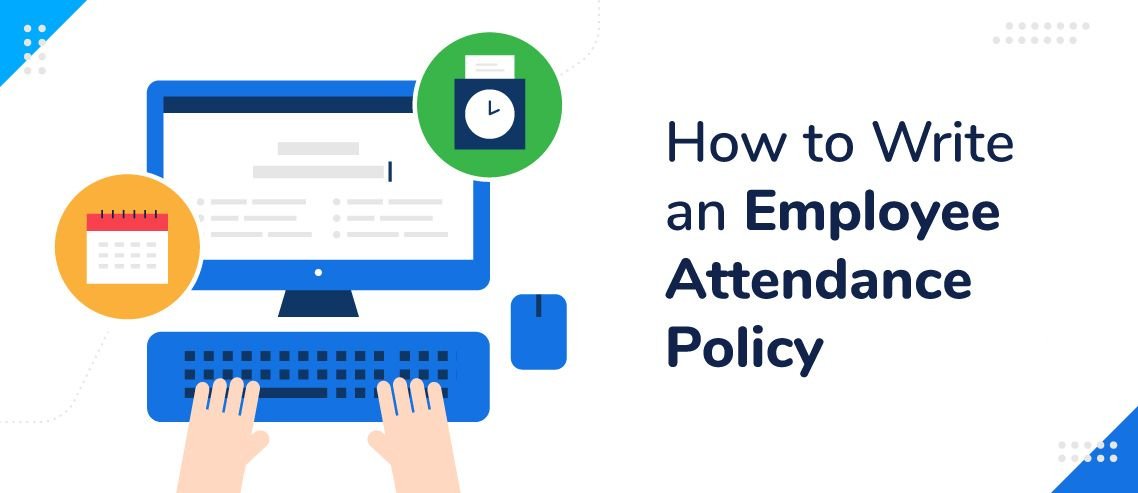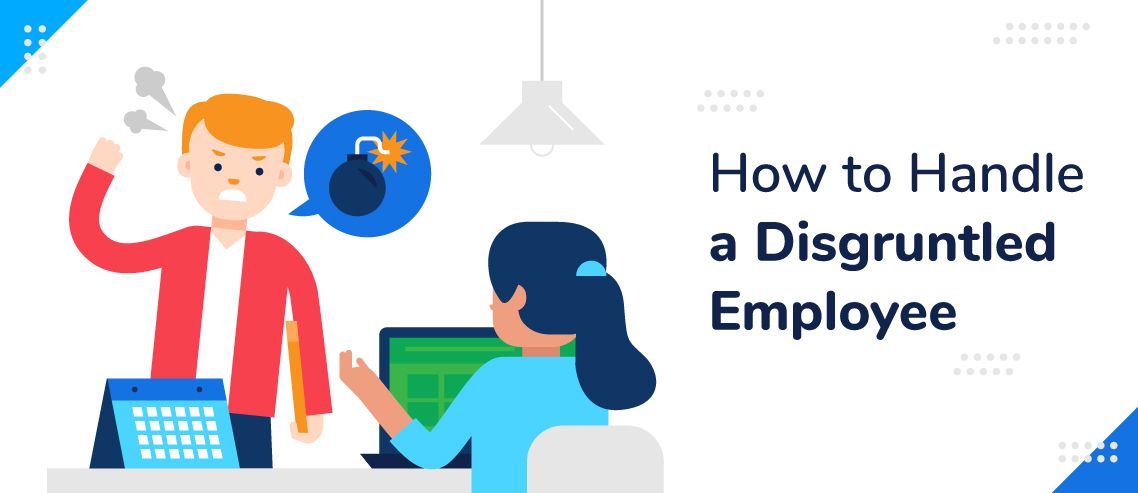How to Write an Employee Attendance Policy in 2024

Let’s face it: employee attendance policies have never been as complicated as they are in 2024.
As the Covid-19 pandemic has swept the globe, business leaders have had to work out how to adapt to a new landscape where working from home is the norm and more flexibility is required.
This demands a higher level of trust in employees – virtual working makes it harder for managers to ensure employees are putting in their hours and that they’re not cutting corners.
Of course, sickness guidelines have had to change too. More employees are expected to be off sick at one time than in pre-pandemic times, and isolation is widely recommended for those with symptoms or those living with people who have symptoms.
All of this means businesses need to adapt their employee attendance policies to the unprecedented landscape of 2024.
Here’s how:
Consult With Managers
Before you make any changes to your organization that will involve employees, it’s vital to go through a consultation process.
This will give you an idea of what challenges exist, what actions are needed to solve them, and how receptive your employees will be to the roll out of your changes.
In the case of your employee attendance policy, consult your managers to find out:
- What challenges managers are facing in terms of attendance. For instance, are there too many unscheduled absences or are employees regularly late for work?
- What their expectations are in terms of attendance. This will help you to determine at what point a low attendance record becomes a disciplinary matter. For example, at a milestone of 5 no-shows per year.
- How they anticipate employees will respond to the policy, and any challenges that will arise during roll out.

Consider Your Company Culture
Think of attendance as part of your company culture. After all, it is. So how should the company culture affect your employee attendance policy?
Well, if you’ve fostered a more laid back atmosphere in the workplace, people may feel more comfortable being late or asking for more flexible hours. If you and your managers are happy to continue in this more relaxed way, then the guidelines you work into your employee attendance policy should be more laid back than if you were running a strict, formal company.
Be careful about rolling out a policy that seems too big a departure from company culture – you could find that employees respond poorly or do not take it seriously.
When it comes down to it though, the most important thing for your policy to be effective is to ensure expectations are aligned across the board.
If one manager is fine with workers clocking in five minutes late, as long as they stay an extra five minutes at the end of the day, while another demands to-the-minute punctuality, it sends a mixed message. Give your managers training to ensure that they’re all up to speed with the new policy and that they’re all prepared to follow it to the letter.
Break Down Different Types of Absences
Not all absences are created equal.
For instance, an employer would never discipline a worker for a planned absence, such as taking vacation days, but if an employee continuously pulls no shows without a legitimate excuse, it’s an entirely different story.
So keep it simple by using the following categories:
-
- Planned absence: Manager is notified weeks in advance and has signed the absence off
- Unscheduled absence: Manager is notified hours or minutes in advance of an absence due to an emergency
- No-show: Employee fails to turn up to work without notifying the manager
- Sick days: Employee takes leave due to illness
- Tardiness: Employee is late for their shift
Managers should record each absence that occurs on their team using the above categories. Assign a point value to each type of unauthorized absence and track this over an agreed period – generally six months or a year. If a certain point value is reached, disciplinary action can be undertaken.
This way, it’s easy to see which employees have been taking legitimate leave, and which are failing to stick to company guidelines.
With a quick analysis of the data, you’ll also be able to see trends that will help your resource forecasting. This will answer questions like the following:
- When do most employees tend to take planned absences?
- Which months tend to have the most sick days?
- Which teams have the most no-shows and tardiness?

Clearly State Disciplinary Action for Each Scenario
The purpose of an employee attendance policy is to prevent the company from losing money due to workers taking advantage.
In order for this to be effective, there needs to be a deterrent in the form of disciplinary action.
After consulting with your managers, decide on disciplinary action for certain scenarios. For example, three no-shows in the space of a year, or 10 tardy marks, could automatically trigger disciplinary action.
The point of this is to ensure that every employee is held to the same standard and cannot question the disciplinary action should it arise – because they were already aware of the rules.
Get Employee Sign-off
Managerial and employee buy-in is going to be instrumental to your policy being effective.
For this reason, ask every current employee to sign the policy, proving they have seen it, and make doing this a part of your onboarding process.
Keep Records
Provide managers with the software required to keep records of employee attendance for each of their team members.
This way, they can easily see where their employees are coming dangerously close to disciplinary action, and warn them that unless their attendance improves this is what they can expect.
Have you reworked your employee attendance policy to adapt to 2024’s circumstances? Tell us how you approached this in the comments.
JD enjoys teaching people how to use ZoomShift to save time spent on scheduling. He’s curious, likes learning new things everyday and playing the guitar (although it’s a work in progress).



